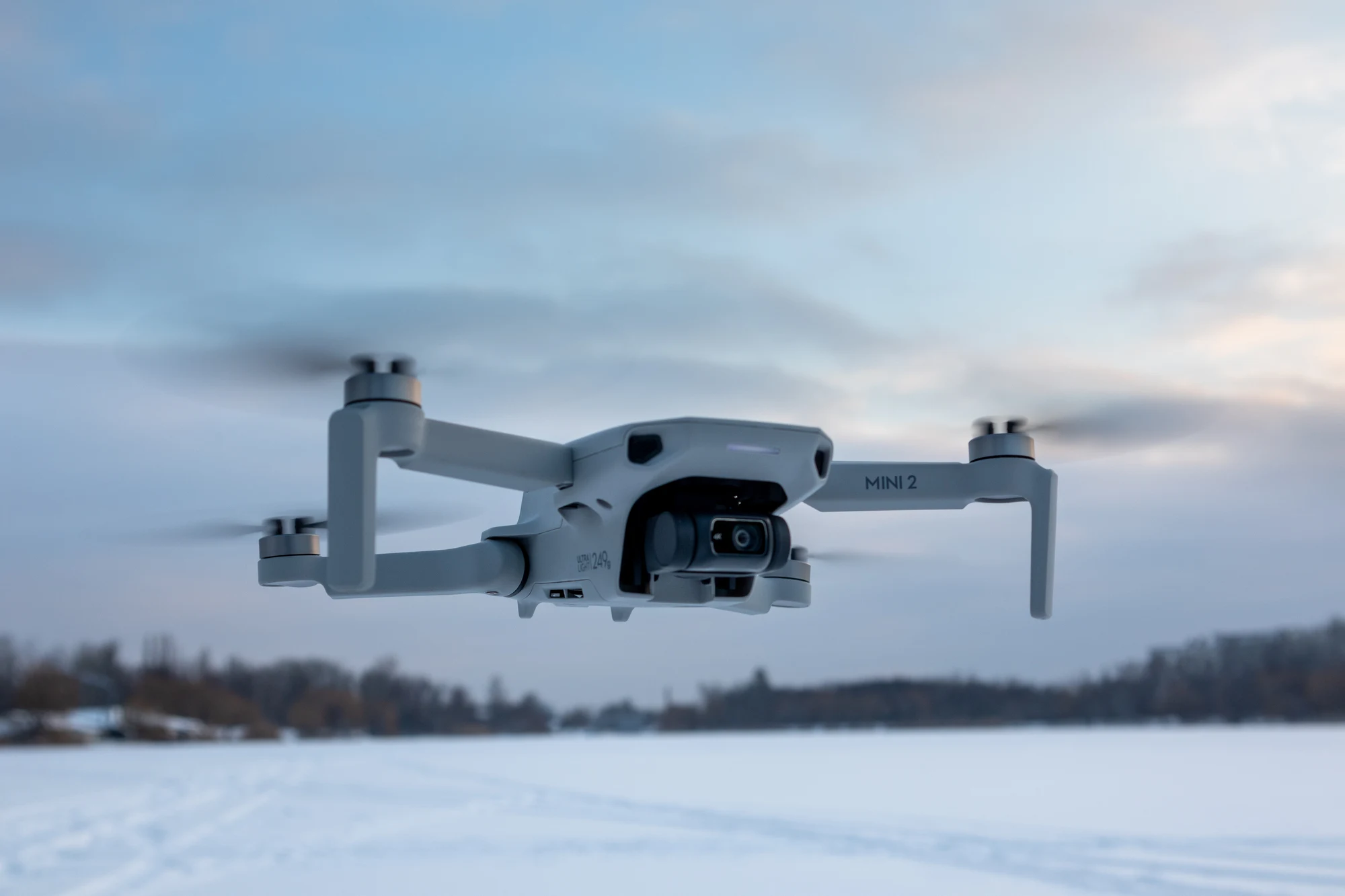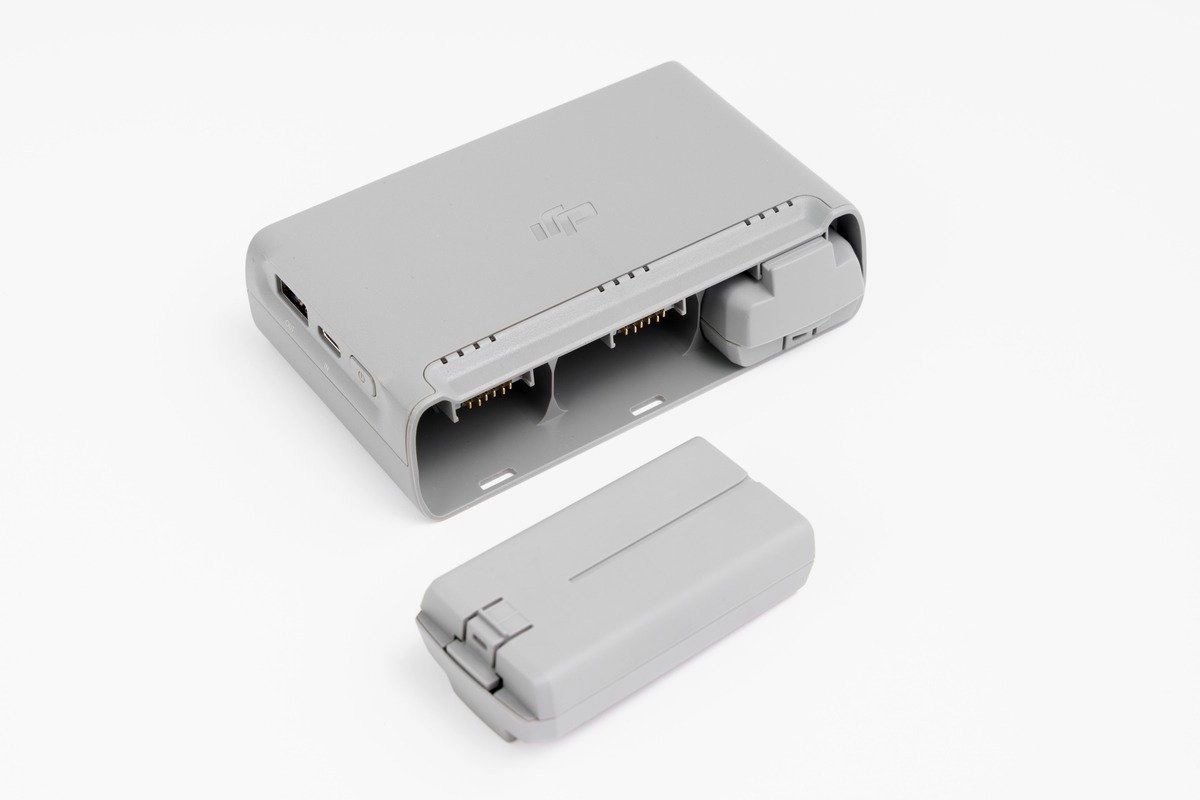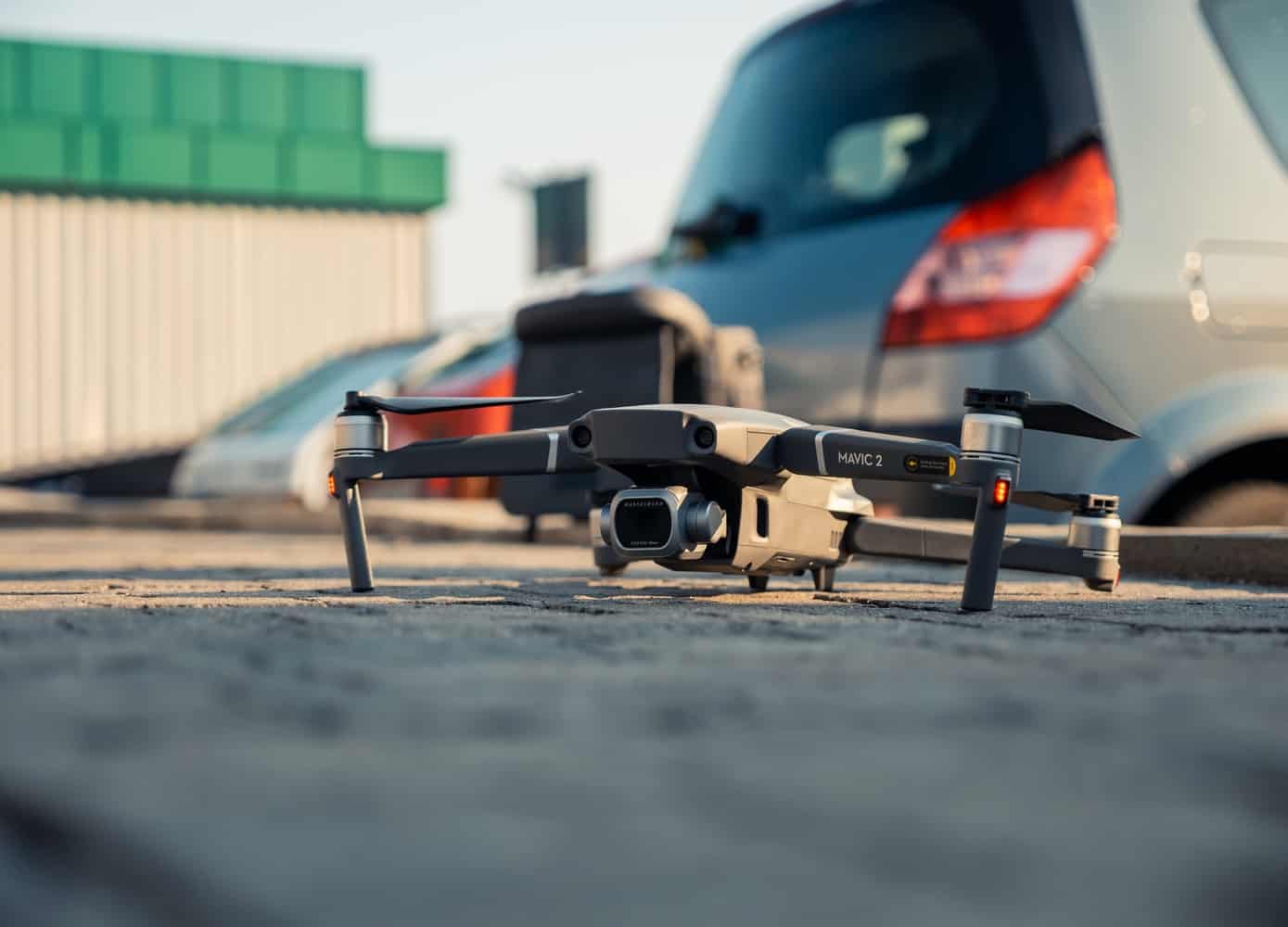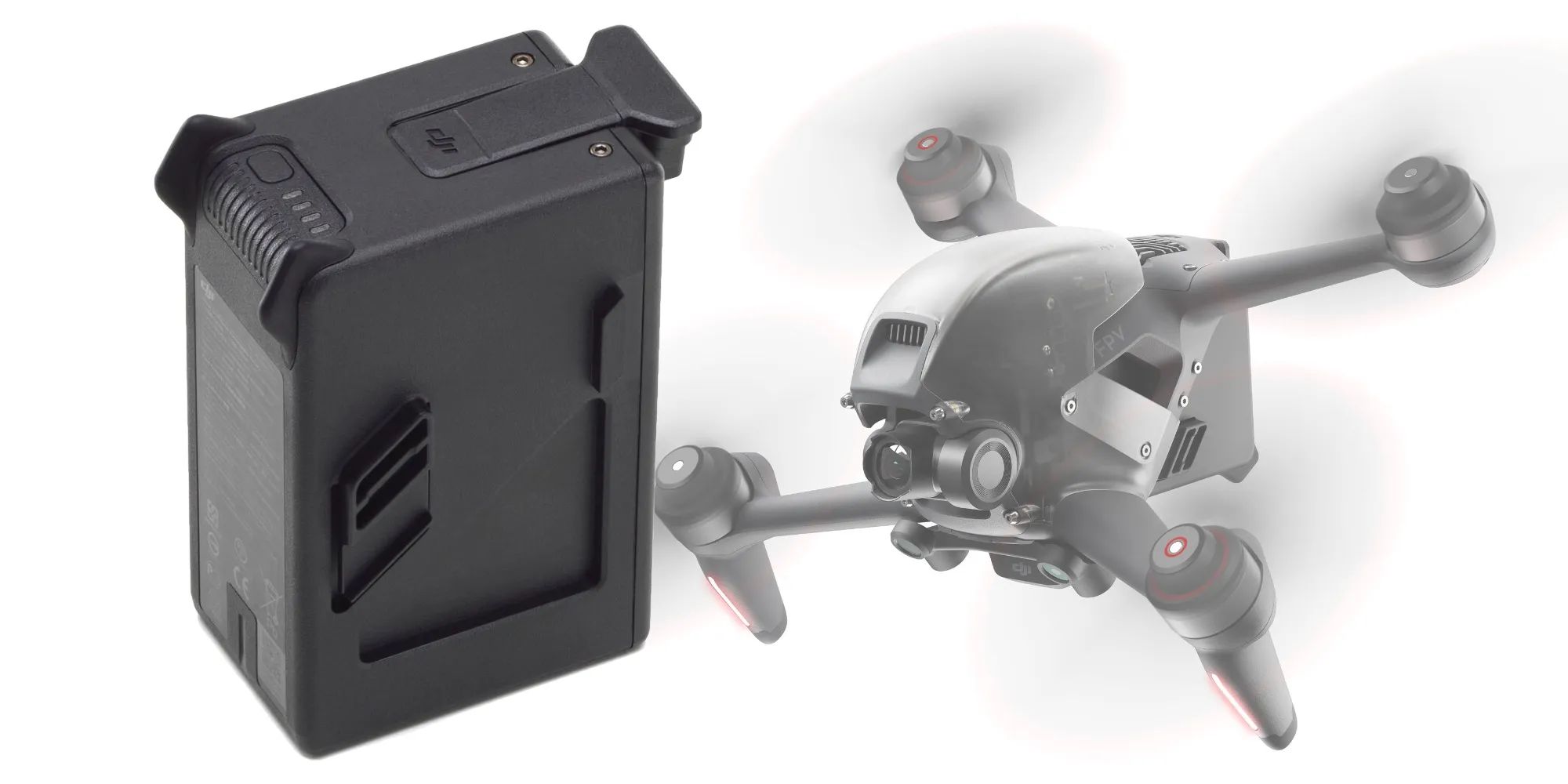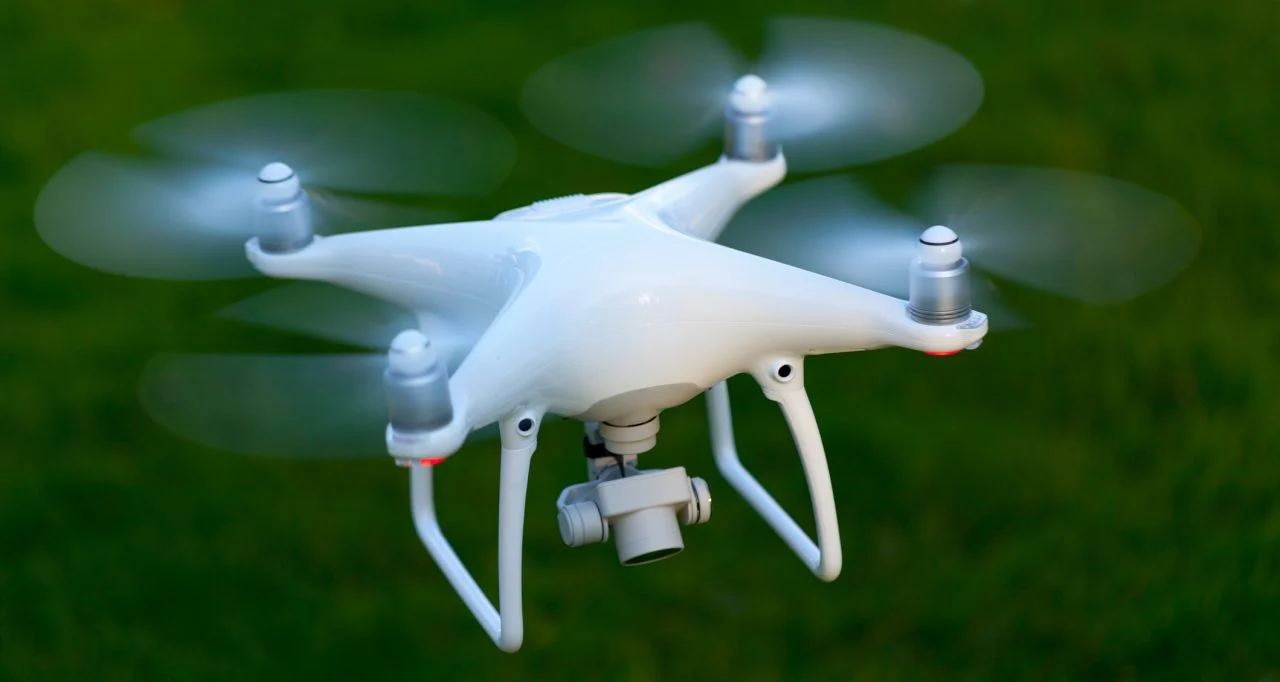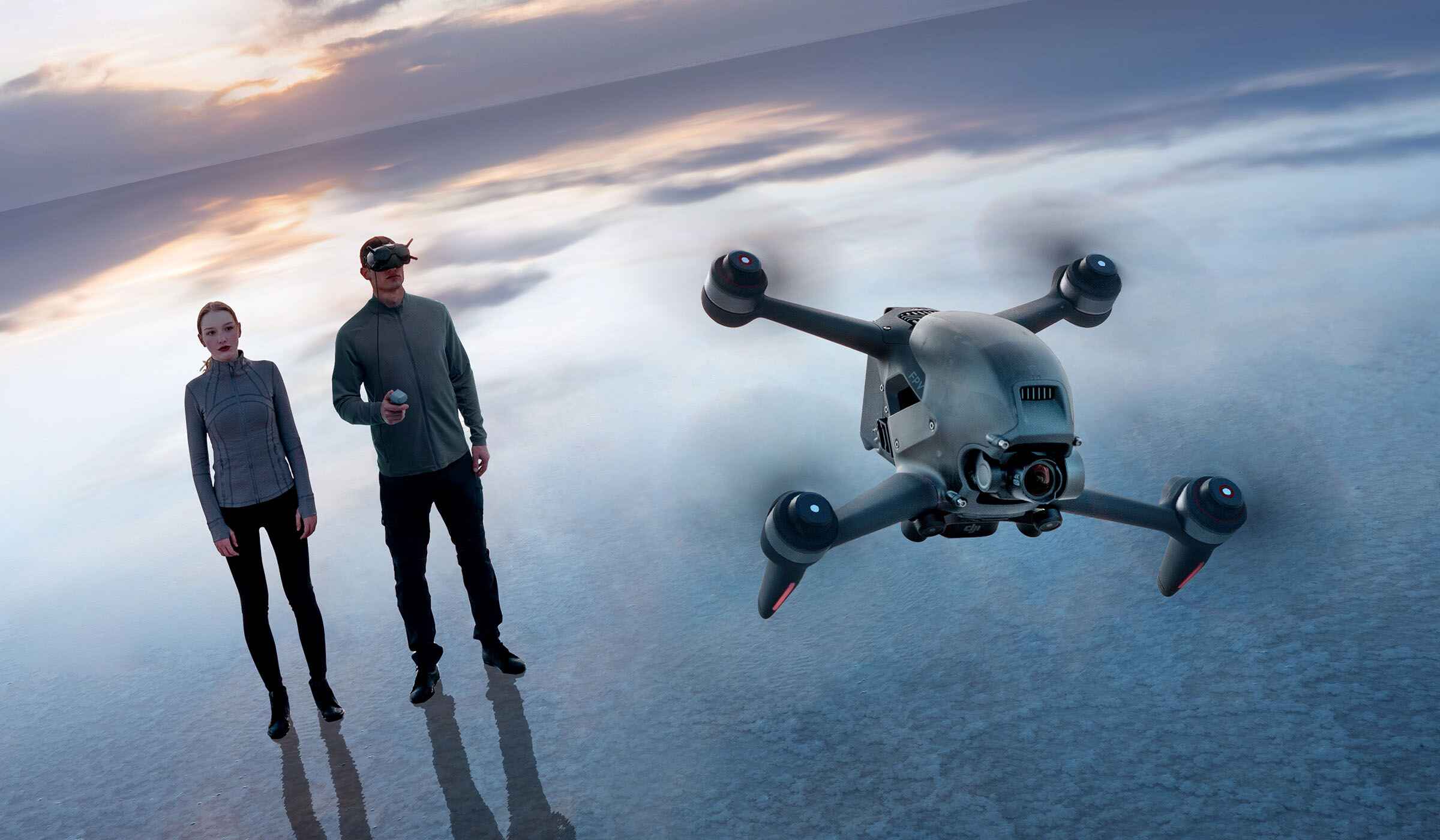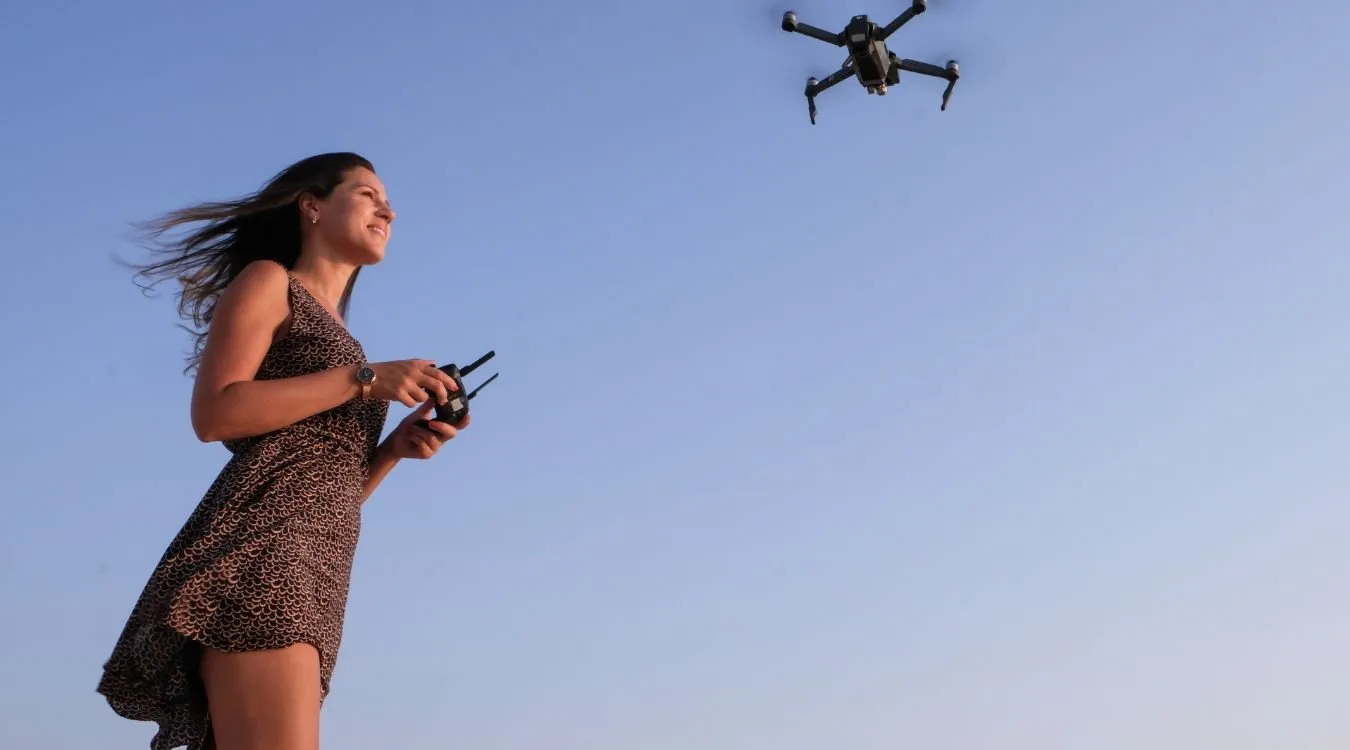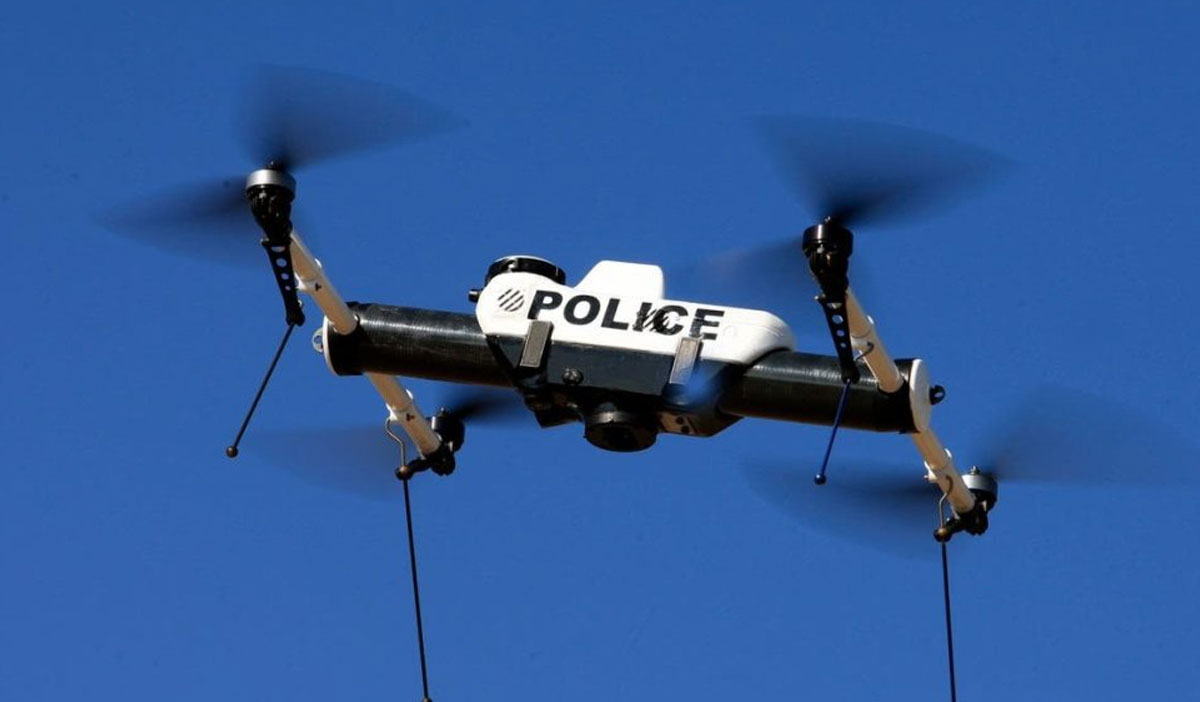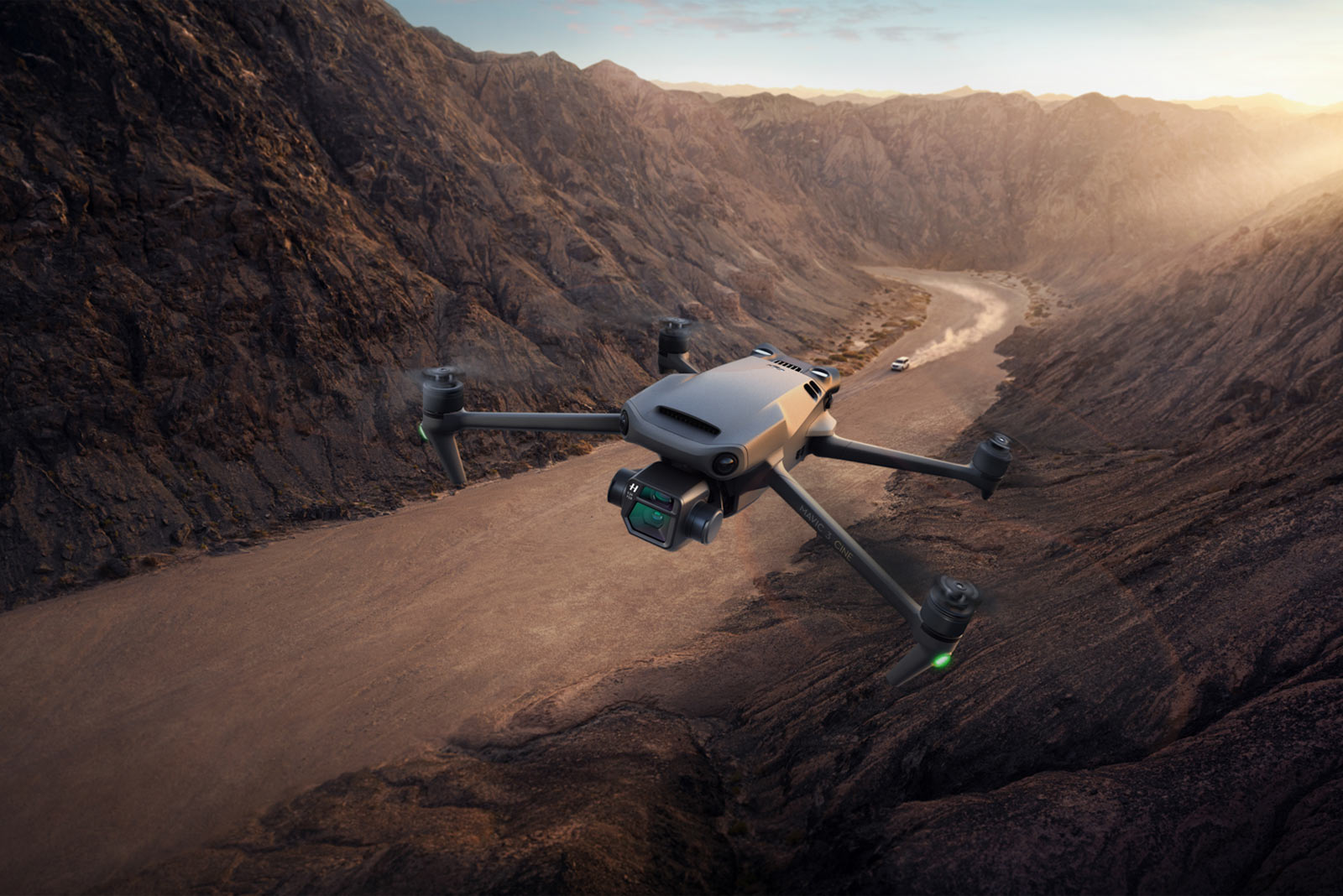Introduction
When it comes to drone flight, most enthusiasts think about clear sunny days and ideal weather conditions. However, it’s important to understand that drones can also be flown in cold weather with proper precautions. In fact, flying a drone in cold temperatures can provide unique opportunities for photography and videography.
But before you venture out with your drone in cold weather, there are a few important factors to consider. Cold temperatures can significantly affect the performance of your drone, including its battery life, flight stability, and overall functionality. It’s crucial to understand these considerations to ensure a safe and successful flight.
In this article, we will explore the various factors that can impact drone performance in cold weather, the recommended temperature limits for different drone models, as well as tips and precautions for flying in cold conditions.
Before we dive into the details, it’s worth noting that each drone model may have different specifications and limitations when it comes to cold weather flying. It’s essential to refer to the manufacturer’s guidelines and instructions for your specific drone model to ensure safe operation.
Now, let’s explore the factors that can affect drone performance in cold weather and how you can prepare for flying in chilly temperatures.
Factors Affecting Drone Performance in Cold Weather
When flying a drone in cold weather, it’s important to be aware of the various factors that can impact its performance. By understanding these factors, you can take the necessary precautions to ensure a smooth and successful flight. Let’s take a closer look at the key factors that you need to consider:
- Temperature: Cold temperatures can affect the drone’s systems and components. Electronics can become less responsive, which may result in slower reaction times and reduced control over the aircraft. It’s also worth noting that extreme cold can even cause the drone’s motors to freeze temporarily.
- Barometric Pressure: In cold weather, barometric pressure tends to be higher, which can affect the drone’s altitude readings. This discrepancy in altitude measurements can lead to inaccurate flight controls and difficulty in maintaining a steady hover.
- Flight Time: Cold temperatures have a direct impact on the battery life of your drone. The drone’s battery capacity decreases in cold weather, meaning you will have shorter flight times compared to flying in warmer conditions. It’s important to keep this in mind and plan accordingly.
- Wind: Cold weather often brings strong winds, which can significantly impact flight stability. Flying in windy conditions poses a greater risk of the drone being pushed off course or even losing control. Make sure to check the weather forecast and avoid flying in excessively windy conditions.
- Moisture and Condensation: Cold weather can often bring moisture and condensation, which can be detrimental to the drone’s electronics. Moisture can cause short circuits and damage sensitive components. It’s crucial to protect your drone from any moisture and ensure it’s dry before flying.
By being aware of these factors and understanding their potential impact on drone performance, you can take appropriate steps to mitigate any risks and ensure a safe flying experience. In the next section, we will discuss the recommended temperature limits for different drone models to provide you with an idea of the operating range in cold weather.
Recommended Temperature Limits for Different Drone Models
Each drone model has its own specifications and recommended temperature limits for safe operation. These limits are typically provided by the drone manufacturer and can vary depending on the specific model and its components. It’s crucial to familiarize yourself with these recommendations before flying your drone in cold weather. Here’s a general guideline on the recommended temperature limits for different drone models:
- DJI Mavic 2 Pro: The DJI Mavic 2 Pro and other similar consumer drones are generally rated for operation in temperatures ranging from 0°C to 40°C (32°F to 104°F). Flying outside of this temperature range may lead to reduced performance and potential damage to the drone’s electronics.
- Autel Evo II: The Autel Evo II drone is designed to operate in temperatures ranging from -10°C to 40°C (14°F to 104°F). It’s important to stick within these temperature limits to ensure optimal performance and longevity of the drone.
- Parrot Anafi: The Parrot Anafi drone is designed to withstand temperatures ranging from -10°C to 40°C (14°F to 104°F). It’s crucial to avoid flying the drone outside of these temperature limits to prevent any potential damage.
- Yuneec Typhoon H Pro: The Yuneec Typhoon H Pro drone has a recommended operating temperature range of 0°C to 40°C (32°F to 104°F). Flying the drone in temperatures outside this range may result in adverse effects on its performance.
These are just a few examples of popular drone models and their recommended temperature limits. However, it’s important to note that these limits may vary depending on factors such as firmware updates and the specific version of each model. Always refer to the manufacturer’s guidelines and specifications for your particular drone to ensure safe operation in cold weather.
Now that we have an understanding of the recommended temperature limits for different drone models, let’s move on to discuss how cold weather affects a vital component of your drone: its battery performance.
Battery Performance and Cold Weather
One of the most critical aspects to consider when flying a drone in cold weather is its battery performance. Cold temperatures can significantly affect the battery life and overall functionality of your drone. Here’s what you need to know about battery performance in cold weather:
Battery Capacity Reduction: Cold weather causes a decrease in battery capacity. The chemical reactions inside the battery slow down, resulting in a reduced amount of energy that can be stored and delivered. This means that the flight time of your drone will be shorter compared to flying in warmer conditions.
Voltage Drops: Cold temperatures can also lead to voltage drops in the battery. As the battery voltage decreases, the drone’s overall performance can be affected, resulting in reduced power output and slower response times. This can impact the drone’s ability to perform certain maneuvers or fly at higher speeds.
Preheating Batteries: To mitigate the effects of cold weather on battery performance, some drone manufacturers recommend preheating the batteries before flight. This can help raise the temperature of the battery, allowing it to operate more efficiently and provide better overall performance. Always follow the manufacturer’s guidelines when it comes to preheating batteries to ensure safe and optimal operation.
Battery Cautions: It’s important to exercise caution when handling drone batteries in cold weather. Avoid exposing the batteries to extreme cold for extended periods, as it can lead to irreversible damage. Additionally, do not attempt to charge cold batteries as it can result in decreased battery life and potential safety hazards. Always store and transport your batteries in a temperature-controlled environment to maintain their performance and longevity.
Understanding the impact of cold weather on battery performance is vital to ensure a safe and successful flight. By taking measures to mitigate the effects of low temperatures on your drone’s battery, you can enhance the overall performance and longevity of your device.
Next, we will discuss how to prepare your drone for flying in cold weather to further optimize its performance and reduce any potential risks.
Preparing Your Drone for Cold Weather Flying
Before taking your drone out for a flight in cold weather, it’s important to properly prepare and take necessary precautions to ensure its safe operation. Here are some steps to follow when preparing your drone for cold weather flying:
- Check the Battery: Start by checking the battery’s charge level. Make sure it is fully charged before heading out into the cold. A fully charged battery will provide better overall performance and help mitigate the effects of cold weather on its capacity.
- Warm Up the Drone: Keep the drone indoors and warm it up before flying. Letting the drone reach a temperature closer to the operating range will help prevent any potential issues related to low temperatures affecting flight stability or battery performance.
- Perform a Pre-Flight Check: Conduct a thorough pre-flight check to ensure all components are in optimal condition. Check for any loose connections, damaged propellers, or other signs of wear and tear. Cold temperatures can affect the drone’s overall stability, so it’s crucial to ensure everything is in proper working order.
- Calibrate Sensors: Cold weather can impact the accuracy of your drone’s sensors. Before taking off, calibrate the compass and IMU (Inertial Measurement Unit) to ensure accurate readings and stable flight throughout your cold weather flight.
- Dress for the Weather: It’s not just your drone that needs protection from the cold; you do too. Dress appropriately for the weather conditions to ensure that you can operate the drone safely and comfortably.
- Monitor the Drone’s Temperature: During flight, monitor the drone’s temperature closely. Some drones have built-in temperature sensors that can provide real-time feedback. If the temperature drops too low, consider bringing the drone back and warming it up before continuing the flight.
- Keep Spare Batteries Warm: If you plan to fly multiple battery cycles, keep your spare batteries warm by storing them inside a thermal bag or insulated container. This will help maintain their temperature and preserve their overall performance.
By following these preparation steps, you can minimize the potential risks associated with flying a drone in cold weather and maximize your chances of a successful flight. However, it’s important to remember that even with proper preparation, it’s always essential to exercise caution and use your best judgment when flying in extreme weather conditions.
Now that you’re familiar with the necessary preparations, let’s move on to the next section, where we will provide you with some valuable tips to ensure a smooth and enjoyable drone flight in cold weather.
Tips for Flying Your Drone in Cold Weather
Flying a drone in cold weather requires some additional considerations and precautions to ensure a safe and successful flight. Here are some tips to keep in mind when flying your drone in cold weather:
- Plan Your Flight: Check the weather forecast and plan your flight accordingly. Avoid flying in extreme cold or windy conditions that can significantly affect the drone’s performance and stability.
- Keep an Eye on Battery Levels: Cold temperatures can drain the battery faster than usual. Monitor the battery levels closely during flight, and be mindful of the reduced flight time. Always return the drone to safety well before the battery level becomes critically low.
- Keep Your Drone Low: Fly your drone at lower altitudes in cold weather. Cold air is typically denser, potentially affecting the drone’s lift and stability. Staying closer to the ground can help mitigate these effects and enhance control.
- Fly Smoothly: Make gentle and smooth maneuvers with your drone in cold weather. Avoid aggressive movements that can put additional stress on the motors and increase the risk of losing control.
- Monitor Flight Stability: Pay close attention to the drone’s stability during flight. Cold weather may influence flight characteristics, and the drone may respond differently than in warmer conditions. Stay vigilant and make adjustments as needed.
- Bring Spare Batteries: Cold weather reduces battery life. If you plan for an extended flight session, it’s essential to have spare fully charged batteries on hand. This will allow you to switch batteries and continue flying without interruptions.
- Protect Your Hands: Flying in cold weather can be uncomfortable, especially if you need to manipulate the drone’s controller with bare hands. Wear touchscreen-compatible gloves or use hand warmers to keep your hands warm and maintain dexterity while operating the controls.
- Post-Flight Inspection: After each flight, thoroughly inspect your drone for any signs of damage or moisture. Clean off any snow or ice and ensure that all components are completely dry before storing the drone.
By following these tips, you can make the most out of your cold weather drone flights while ensuring a safe and enjoyable experience. Remember to always prioritize safety and adhere to local regulations when operating your drone.
In the next section, we will discuss the potential hazards and challenges you may encounter when flying a drone in cold weather and how to deal with them effectively.
Dealing with Cold Weather Hazards
Flying a drone in cold weather can present some unique hazards and challenges that need to be addressed to ensure a safe and successful flight. Here’s how you can deal with these hazards effectively:
- Icing: Cold weather often brings the risk of icing. Ice buildup on the drone’s propellers or other components can disrupt the airflow and lead to stability issues. Check for ice formation throughout the flight and land the drone immediately if ice accumulates. Clear any ice buildup before resuming flight.
- Reduced Visibility: Cold weather is often accompanied by fog, snow, or mist, which can reduce visibility. Always maintain visual line of sight with your drone and avoid flying in conditions where you can’t see it clearly. Use the drone’s lights and follow FAA guidelines for proper lighting when flying in low visibility conditions.
- Snow and Moisture: Snow and moisture can be detrimental to the drone’s electronics. Avoid flying in heavy snowfall or wet conditions to prevent damage. If the drone does get wet, dry it thoroughly before the next flight to prevent any potential short circuits or malfunctions.
- Loss of GPS Signal: Cold weather can sometimes cause a loss of GPS signal due to interference or weaker satellite signals. Be prepared to fly in manual mode if necessary and practice manual flying skills to handle situations when GPS signals are unreliable.
- Cold Hands and Controller: Operating a drone outdoors in cold weather can make your hands and the controller cold. Cold hands can impair your ability to control the drone effectively. Use touchscreen-compatible gloves or hand warmers to keep your hands warm and maintain proper control over the drone.
- Cold-Induced Fatigue: Cold weather can impact your endurance and concentration. It’s important to take regular breaks and warm up if needed. Pay attention to your own well-being and avoid prolonged exposure to cold temperatures that could affect your judgment and reaction time.
By being aware of these hazards and challenges associated with flying a drone in cold weather, you can take appropriate precautions to mitigate risks and ensure a safe and successful flight. Always prioritize safety and follow local regulations when operating your drone in these conditions.
Now that we’ve covered dealing with cold weather hazards, let’s wrap up this article with a brief overview of the key points discussed.
Conclusion
Flying a drone in cold weather can be a rewarding and unique experience, but it requires careful planning and preparation. Understanding the factors that can affect drone performance in cold temperatures is crucial for a safe and successful flight.
By considering the recommended temperature limits for your specific drone model and taking steps to prepare your drone for cold weather flying, such as checking the battery, calibrating sensors, and dressing appropriately, you can optimize performance and reduce risks.
Additionally, following tips for flying in cold weather, including monitoring battery levels, flying smoothly, and keeping track of flight stability, will enhance your overall experience and help you overcome challenges presented by cold weather conditions.
It’s important to be mindful of potential hazards as well, such as icing, reduced visibility, snow, and moisture, and take appropriate measures to deal with them effectively. By handling these hazards and challenges, you can ensure the safety of your drone and prevent any potential accidents.
Remember to always prioritize safety, adhere to local regulations, and use your best judgment when flying a drone in cold weather. By doing so, you can enjoy the unique opportunities for aerial photography and capture breathtaking footage even in chilly temperatures.
So, the next time you find yourself venturing out with your drone on a cold day, make sure to take the necessary precautions, stay warm, and embark on a drone flight adventure that is both enjoyable and successful.







